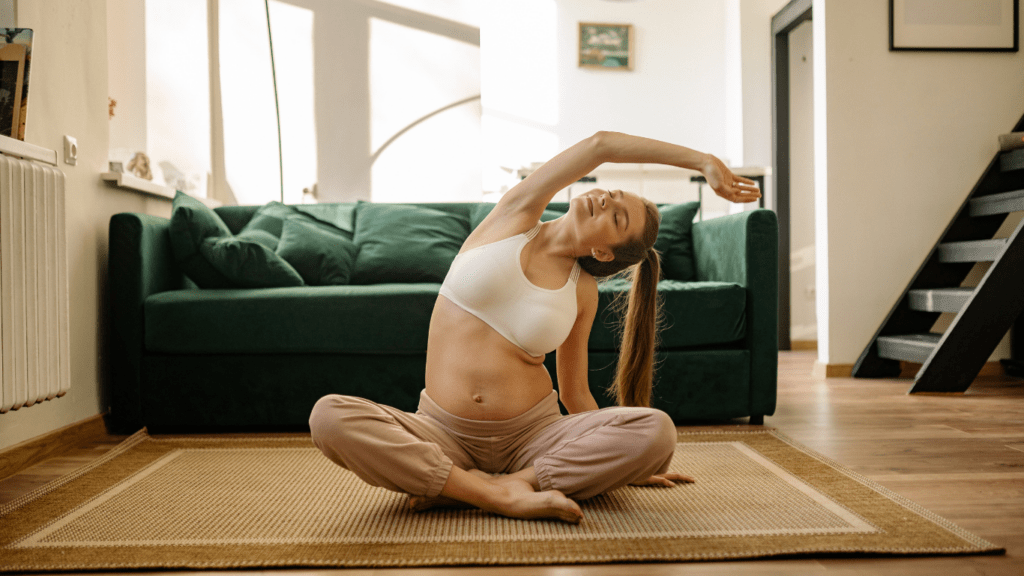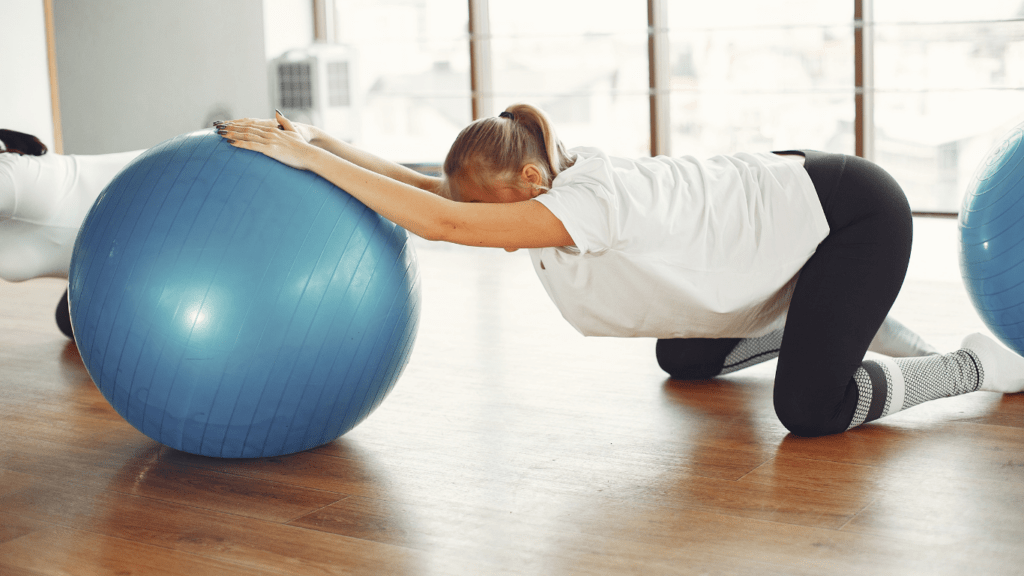Importance of Fitness for New Moms
Fitness helps new moms regain pre-pregnancy strength and endurance. Exercise improves cardiovascular health, aids in weight loss, and enhances muscle tone. These benefits are crucial for managing the physical demands of motherhood.
Mental health improves significantly with regular exercise. Physical activity reduces stress levels, decreases symptoms of postpartum depression, and boosts overall mood. Endorphins released during workouts provide natural relief from mental fatigue.
Sleep quality improves through consistent exercise. Getting better sleep is vital for new moms, who often face disrupted sleep schedules. Better sleep enhances physical recovery and mental alertness.
Bonding opportunities arise when incorporating fitness with baby activities. Stroller walks, mommy-and-me yoga, and other such exercises not only keep moms fit, they also provide bonding time with the baby, laying a foundation for a healthy lifestyle model.
Overall, a realistic fitness routine benefits both physical and mental health, enhances sleep, and creates valuable bonding moments. These elements collectively foster a more balanced, healthy approach to motherhood.
Assessing Your Current Fitness Level
Assessing your current fitness level ensures a safe and effective start to your fitness routine. New moms should consider both physical capabilities and any postpartum changes.
Recognizing Your Strengths and Weaknesses
Identify strengths and weaknesses to tailor your fitness plan. Start by noting activities you find easier or more challenging. For instance, you may excel at endurance activities like walking but struggle with strength exercises. Reflect on past fitness experiences and how they felt post-pregnancy. Document these observations to see progress over time.
Understanding Postpartum Body Changes
Understand postpartum body changes for a realistic fitness approach. Changes may include diastasis recti (abdominal separation), joint instability due to hormonal shifts, and altered energy levels. Consult a healthcare provider to address any concerns. Integrating this awareness shapes safer, more effective exercise plans tailored to your unique postpartum body.
Setting Realistic Goals
Setting realistic goals is crucial for sustaining a fitness routine as a new mom. These goals help manage expectations, maintain motivation, and track progress effectively.
Short-term Goals
Short-term goals provide immediate milestones to keep momentum. Start with achievable targets such as three 20-minute workouts per week. Incorporate activities like brisk walking, gentle yoga, or postnatal exercise classes. Tracking progress becomes easier with these attainable steps, helping build confidence and consistency.
Long-term Goals
Long-term goals maintain direction and purpose. Aim to perform more demanding activities, such as running a 5K race, lifting heavier weights, or practicing more advanced yoga poses. Break these goals into smaller components to make them less daunting—over time, these incremental advances culminate in significant progress.
Choosing the Right Workout Routine

Choosing the right workout routine is essential for new moms aiming for realistic and sustainable fitness goals. Here, I’ll break down various exercise types making it easier to incorporate them into your daily life.
Cardiovascular Exercises
Cardiovascular exercises boost heart health and aid in weight loss, both crucial for new moms. Walking is easy to start—consider stroller walks. If time allows, jogging offers further benefits. Low-impact aerobics or swimming are also good options for joint safety, particularly postpartum. Small intervals of 10-15 minutes multiple times per day effectively manage limited availability.
Strength Training
Strength training helps rebuild muscle tone and enhance physical strength, necessary for the demands of motherhood. Start with bodyweight exercises like:
- squats
- lunges
- modified push-ups
Resistance bands provide more challenge without heavy equipment. Gradually introduce weights focusing on proper form. Allocate 20-30 minutes, 2-3 times per week, targeting major muscle groups to see significant improvements.
Flexibility and Mobility
Maintaining flexibility and mobility prevents injuries and improves overall function. Yoga and pilates offer excellent options, concentrating on gentle stretching and core stability. Include a 10-minute stretching routine post-exercise to maintain flexibility. Simple activities, like reaching for your toes or performing shoulder stretches while holding your baby, fit into daily tasks, enhancing mobility over time.
Choosing the right workout routine aligns with personal preferences and lifestyles, ensuring consistency and enjoyment.
Time Management for Busy Moms
New moms often find it challenging to manage time for fitness due to the demands of motherhood. Yet, prioritizing time management ensures a balanced approach to health and fitness.
Creating a Schedule
Scheduling becomes essential when days are filled with feeding, changing, and caring for a newborn. I recommend starting with a weekly planner. Allocate specific time slots for workouts. Even dedicating 20-30 minutes, three times a week, can be effective.
Routine consistency matters. For instance, early morning workouts before the baby wakes up or during nap times can offer uninterrupted fitness periods. If evenings work better, involving your partner to watch the baby can provide a stress-free window for exercise.
Incorporating Fitness into Daily Activities
- Blending fitness with daily tasks can optimize time.
- Simple activities like using a baby carrier for walks or performing squats while holding your baby can be beneficial.
- House chores, such as vacuuming or carrying laundry, can double as light cardio.
- Using playtime creatively enhances fitness.
- Tummy time for the baby can become your opportunity for stretching or performing planks.
- Engaging in dance sessions with your baby adds a fun element while increasing your heart rate.
Finding Motivation and Support
Balancing motherhood with fitness requires motivation and support. Engaging with others and tracking progress can make this journey more achievable and fulfilling.
Joining Mom Groups and Classes
I found that joining mom groups and exercise classes significantly boosted my motivation. Local community centers and gyms often offer postnatal fitness classes tailored for new moms. These classes have the added benefit of connecting with other mothers facing similar challenges. For instance, I joined a mommy-and-me yoga class, which allowed me to exercise while bonding with my baby. Online communities and social media groups dedicated to mom fitness can also provide support, inspiration, and accountability.
Tracking Progress and Celebrating Milestones
Tracking progress keeps me motivated and allows me to celebrate milestones. Recording workouts and noting improvements in endurance or strength helps visualize progress, making it more rewarding. Simple tools, like fitness apps or journals, can track activities and set reminders for workouts. I celebrated small victories, like completing a set of exercises without feeling exhausted, which encouraged me to keep going. Recognizing and celebrating these milestones not only boosts confidence but also makes the fitness journey more enjoyable.




